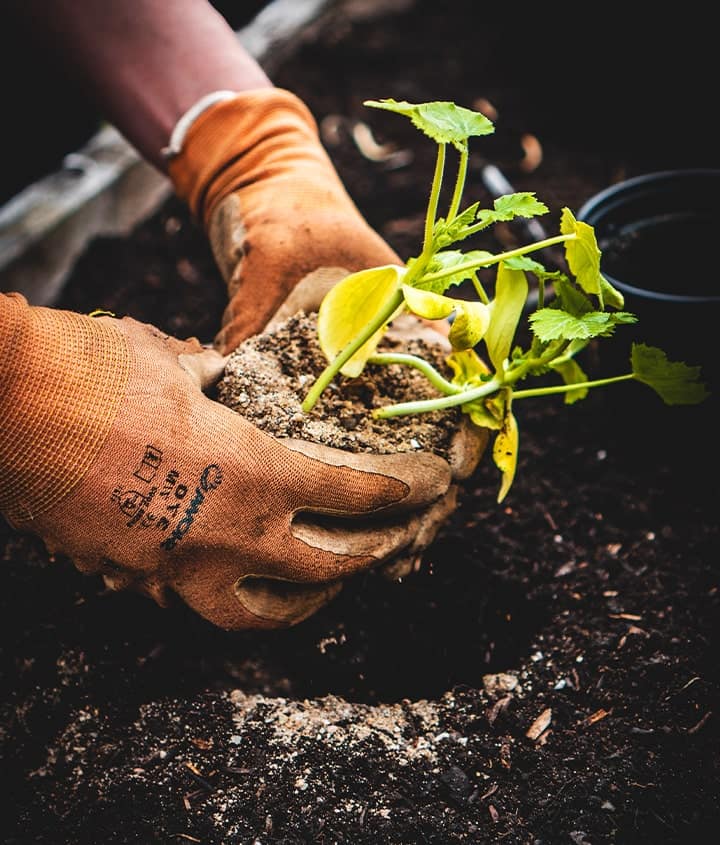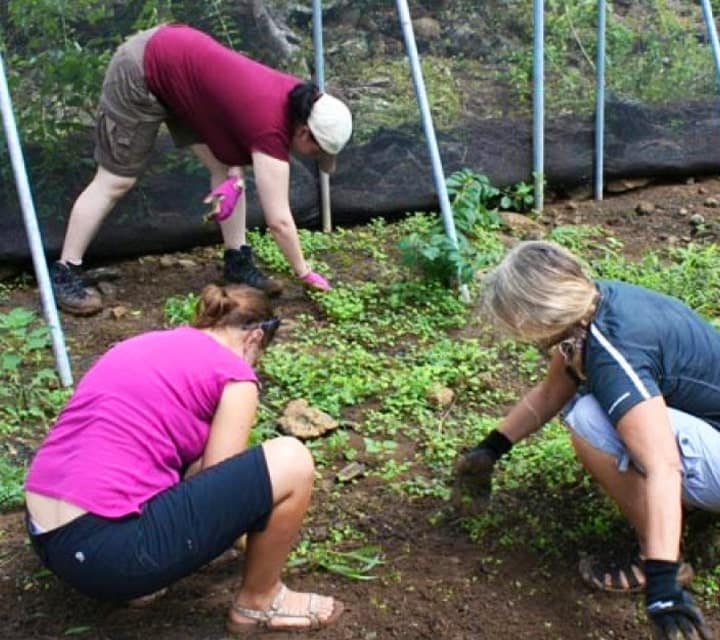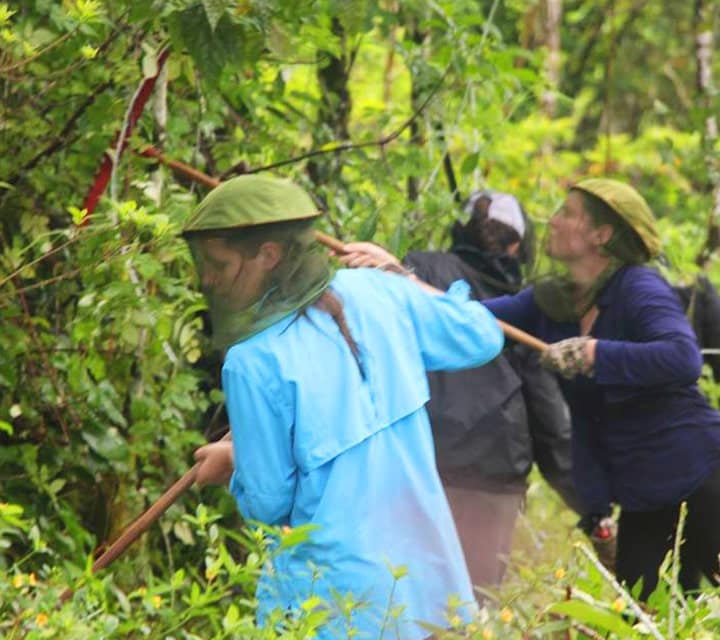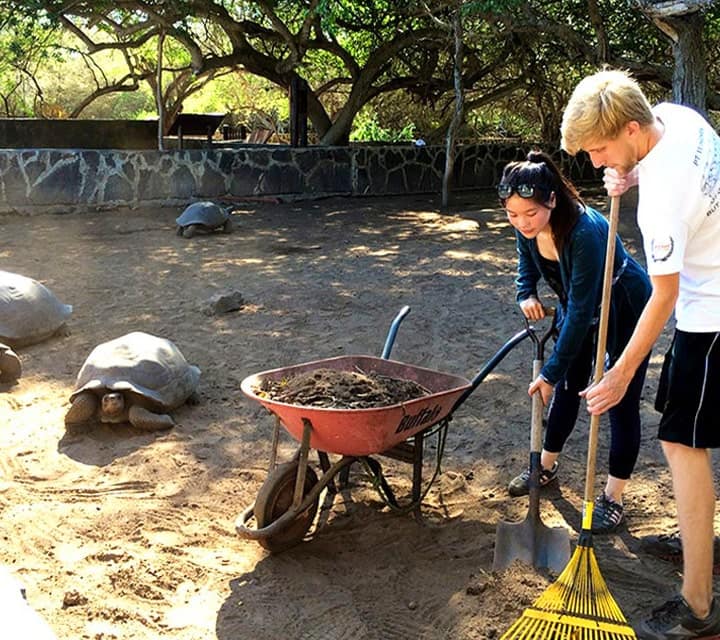In the past, agriculture in the Galapagos wasn't seen well by the conservation sector due to the fact that it could bring invasive species. Farmers were blamed for the plagues of raspberries and guava that have escaped agricultural areas and choked native plants.
Still then, agricultural lands became abandoned and became a genetic repository of these plants that can invade the park. by cultivating the land, farmers work to control it.

Today, many agricultural teachers and volunteers from the United States arrive to the Islands in order to carry out global conservation programs. Every day more than 1,100 crates of food including apples, boxes of cereal & Ecuadorian beer arrive to Puerto Ayora, the main shipping port.
Nevertheless, farming in the Galapagos Islands is a must, due to the Galapagos Islands regulations for sustainability. Farming in the Islands consist of collecting eggs, milking cows, making organic cheese, picking fruit and making fresh fruit juices and jams to enjoy. However, this is an arduous and challenging labor. Fortunately, international fair trade and organic food market is expanding in South America and the Galapagos coffee price is rising. The delicious blends may yet continue to grow into even more of a sort of delicacy in the international organic markets.

Everything that comes in, by air or sea, is partially subsidized by the Ecuadorian government and prices are much higher than on mainland, since they have to import almost everything.
It's not easy to be a farmer in one of the world's most protected areas. It is almost supernatural. Because the land is so conserved, the farmers are not allowed to use any agricultural advances from the last hundred years. Very little heavy machinery is allowed for farming use. Fertilizer and pesticides are all but forbidden, as are pesticides.

The volunteers and Galapagos agriculture experts are allowed only to use water to preserve the land. It is easier to conserve the environment if giant barges and tourist cruise ships aren't polluting the water.
Volunteering in the Galapagos Islands is a great opportunity to help restore native vegetation through this organic conservation and sustainable development project. Truly sustainable development requires social and economic sustainability. Volunteers will help plant organic, non-invasive crops to ensure that farmers won't need to resort to illegal fishing or damaging activities.

In the highlands you can visit a farm that produces sugar cane in the old-fashioned method, plus shade-grown coffee, and a Galapagos liquor made from fermented and distilled sugar cane juice. This is an interesting site for tourists that visit every day, and can have an idea of the agricultural in the Islands.
Despite laws that limit who can live there, illegal immigration from the mainland and a huge increase in tourism has taxed the islands. With more than 180,000 tourists that visit the islands every year and with 25,000 legal residents. In 2000, there were only about 15,000 local residents and definitely all of them got to eat!

